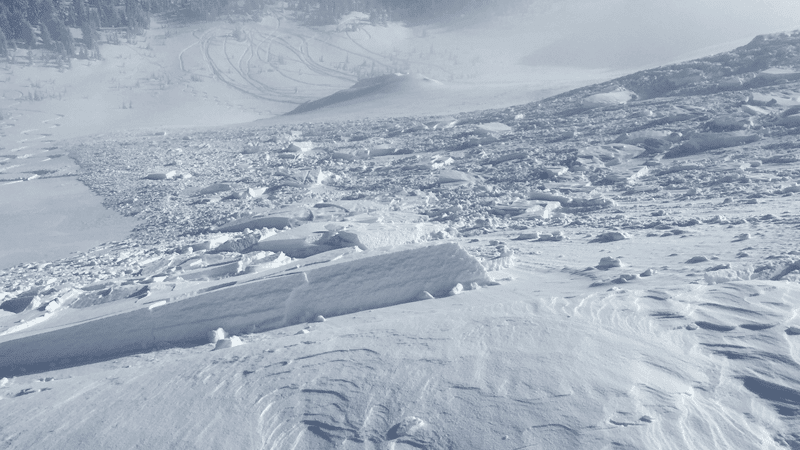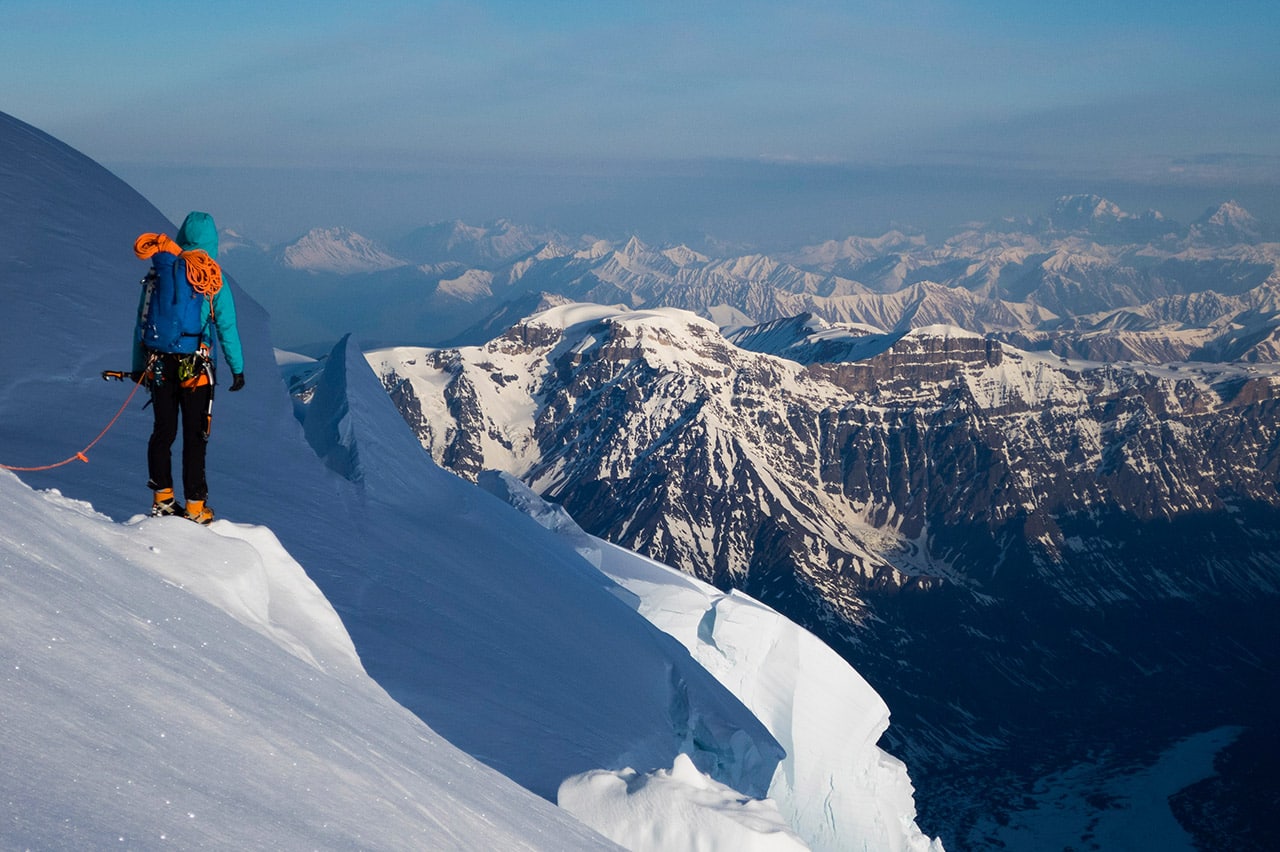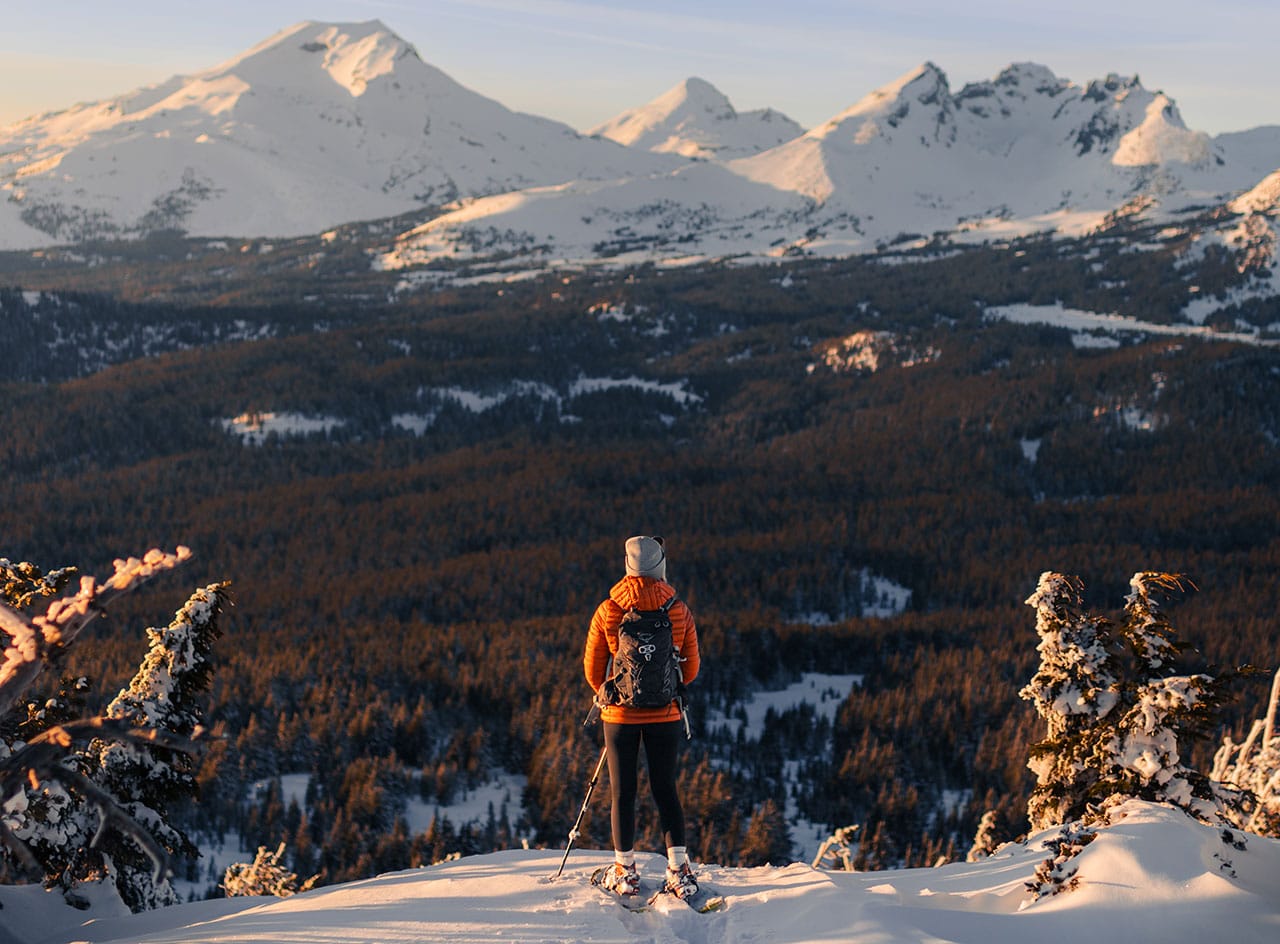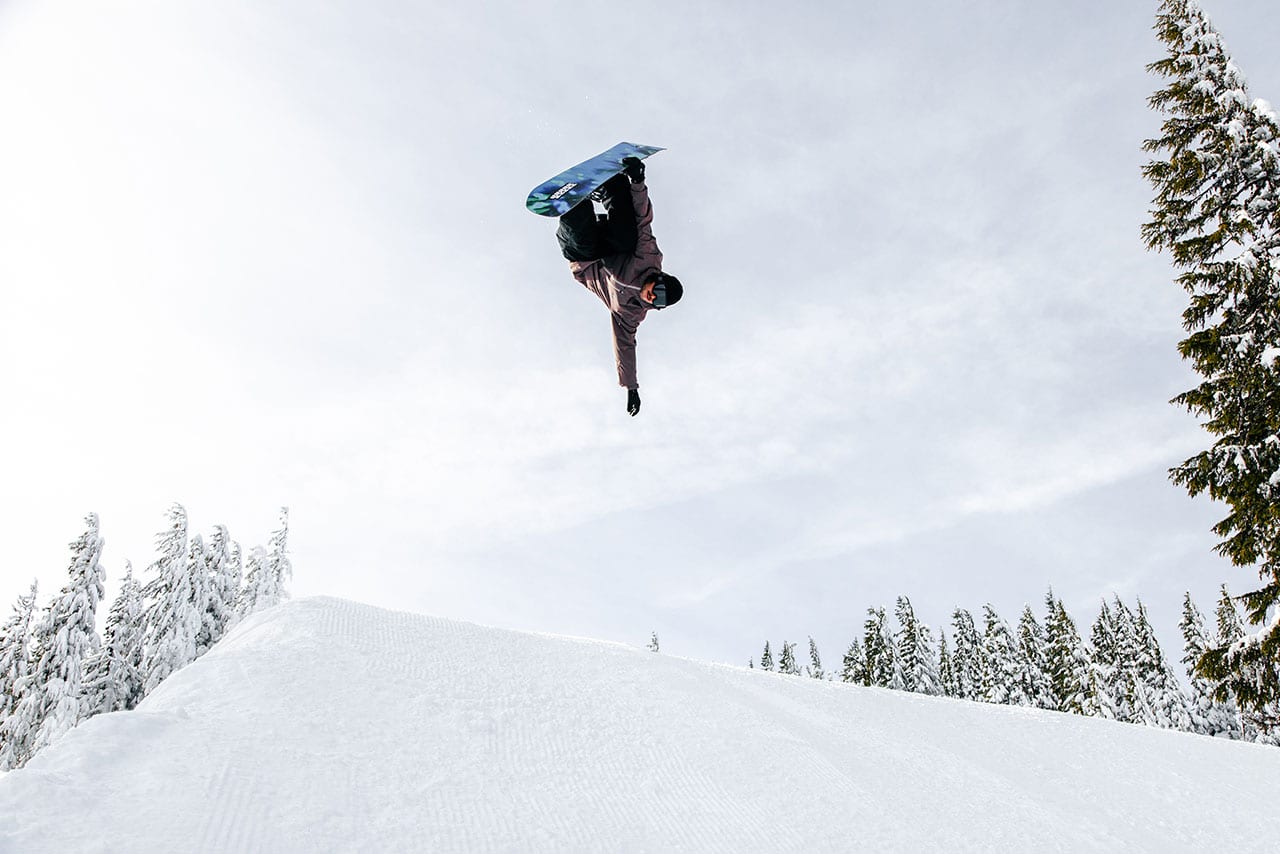Photo by Christian Murillo
The news is out: backcountry touring has seeped into our vernacular. While it may have started with pandemic resort closures and a desire for distance, evidence of the uptick in backcountry exploration. This is illustrated in increased sales, empty shelves at ski shops, and the Dutchman Flat parking lot filling before sunrise. Fortunately, increased avalanche forecasting, educational programs and guidance from experts support the demand of the growing backcountry community in a boosted effort to keep everyone safe.

What to Expect in the Central Cascades Backcountry
There are different types of avalanches and in the Central Cascades, many come from new snow forming either storm slabs or wind slabs. Storm slabs are soft, cohesive layers of snow that break off from the layer of snow beneath. Wind slabs are created when snow accumulated by wind forms a stiff layer prone to breaking off from the layer below.

The Central Cascades has a pretty forgiving snowpack, said Gabriel Coler, a forecaster for the Central Oregon Avalanche Center who has been with the nonprofit organization since 2014. According to Northwest Avalanche Center, between 1989 and 2019 there were 13 fatalities in Oregon due to avalanches. This is a significantly lower number than the 172 fatalities in Colorado, the leading state for avalanche deaths. One of the reasons? Oregon offers accessible low-angle terrain to ski on—safer because avalanches are much less likely to occur on terrain with less than 30 degrees of slope. Another benefit to the Central Cascades is the amount of tree skiing available. Avalanches may still occur in the trees but are less likely because storm slabs and wind slabs occur above the treeline, where snow has space to blow around. “I spend a lot of my days looking for avalanches at treeline,” Coler said. That being said, preparing for avalanches and other dangers is crucial to having fun in the backcountry.

Central Cascades Safety
As a first step, people should become familiar with ski touring gear and start skiing in non-avalanche terrain before jumping into a course. Some are those offered by the American Institute for Avalanche Research and Education, according to Allie Hartz. Hartz is a backcountry guide for Outdoor Ski Guides of Bend. She has more than 10 years of experience in Oregon’s backcountry and an American Mountain Guide Association ski guide with Pro 1 certifications.
“People think they need to get their gear and then immediately take an avalanche course, but they’re not really doing themselves any favors if they’re inexperienced and unfamiliar with their gear,” Allie says.
She recommends attending COAC’s “Know Before You Go Course”—an awareness series that introduces avalanche safety and simple ways to stay safe in the backcountry. It’s a benefit to ski with friends who have more experience and are willing to teach. Also, Outdoor Ski Guides offers a one-day ski touring introduction class as well. “We’ll practice with our beacons, and we’ll just go skiing with a little bit of a slower pace and a goal of learning,” Hartz said. “We’ll talk about the terrain, and the guide can share tips and tricks for keeping your skins warm and dry, how to store them when you’re skiing, how to de-ice bindings, and how to troubleshoot when you’re out there if you have a gear issue.” After gaining introductory experience, the American Institute for Avalanche Research and Education offers a three-day course for more advanced skiers: the AIARE 1.
Avalanche Forecasting in the Central Cascades
For any level of backcountry exploration, forecasting provides potentially life-saving information. COAC is committed to making the backcountry a safer place, and will be offering daily forecasting during the 2022-2023 winter season—an increase from the four-day-a-week forecasting provided last season. This is also a significant development from the start of COAC in 2009 when submitted observations from the public were the only available avalanche forecasting information in the Central Cascades.

Daily forecasting means a forecaster is up in the mountains every day to make field observations as an official “observer,” and check on the snow, according to Gabriel Coler. Coler is both a forecaster and an observer this season. Using his education and experience in the backcountry, he is able to learn a lot about the conditions of the snow just by being out there. “You go out and do tests,” Coler said, “but sometimes just skiing through the terrain gives you what you need to know.”
“Every week, one of the forecasters digs a full profile six feet down, records and tests all of those layers so they have that baseline information about conditions,” Coler said. On days he is worried about weakness in old layers of snow, he’ll dig three or four pits daily. This allows him to see threatening layers of the snowpack that could lead to a slide. All this information is shared with other forecasters and the public. Back at home, Coler spends a few hours looking at what’s going to happen overnight in context to the observations he made that day and creates a forecast. The COAC also provides snow and weather data with its maintenance of the Moon Mountain weather station. And a new weather station at Paulina Peak donated by Jeff and Jennifer Heilman in honor of their son Tyler who passed away in 2015 during a climbing accident on Three Fingered Jack.
Learn From a Guide
While there’s a do-it-yourself ethos surrounding the backcountry, guides have the ability to improve both inexperienced and experienced skiers’ time in the mountains. They do so with safety, knowledge of great ski zones and new perspectives to share. “Your guide is up at four or four-thirty in the morning looking at weather models and writing their own avalanche forecast,” said Hartz. Guides look at different data to make a safe, and enjoyable plan for the day. “They’re also going to know where the best skiing is,” said Hartz. They’re out there day in and day out. They know in detail what the snow conditions are like; it’s sort of an underrated benefit of hiring a guide.”
Whether taking an avalanche course, checking forecasts or learning from a guide, a safe skier understands the mountain terrain and is always learning. Coler said, “Get out and ski, and you’ll learn—even if you don’t realize that you’re learning about the snow already.”
Learn more at coavalanche.org.
Click here to read more adventure stories with us! | Read more on snow sports around Bend.








